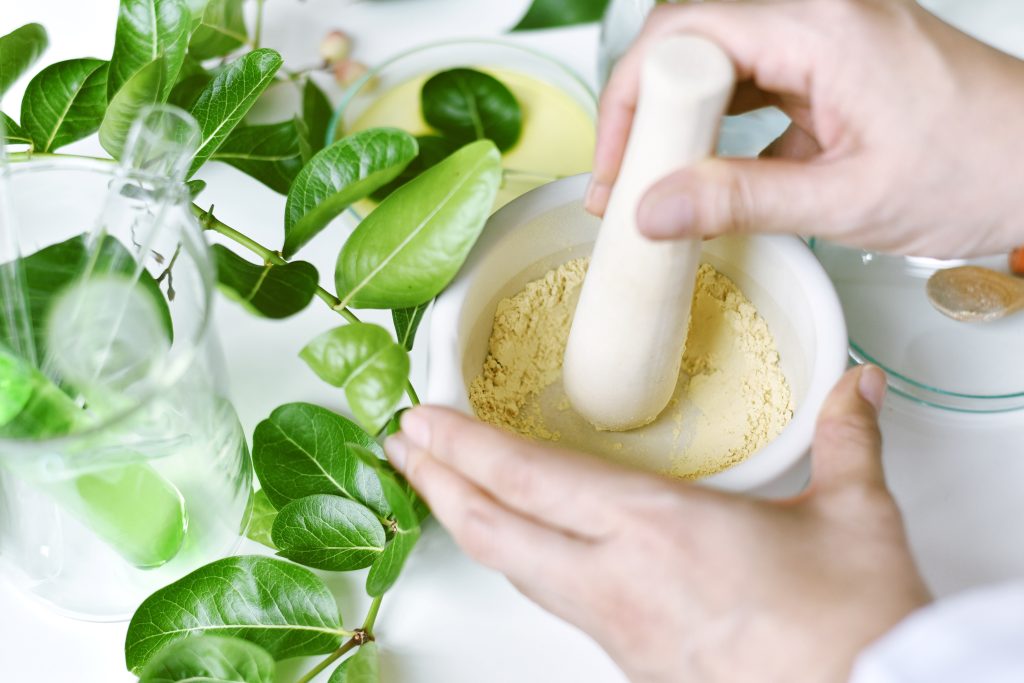
In the world of skincare, active ingredients are the powerhouse components that drive real results. However, not all products are created equal, and the efficacy of these actives often hinges on their input levels. As a cosmetic chemist, I’ve seen firsthand how the decision to include high-quality actives can significantly impact the performance—and cost—of a skincare product.
One of the biggest challenges in formulating skincare products is striking the right balance between efficacy and affordability. Active ingredients, while essential for delivering tangible skin improvements, can also be the most expensive aspect of formulation. Some actives require input levels of 2 or 3% to achieve clinically proven results, adding substantial costs to the development process.
However, in many cases, budget constraints outweigh considerations of performance, leading brands to compromise on the potency of their formulations. As a cosmetic chemist, it’s crucial for me to understand a brand’s philosophy and objectives. Are they prioritizing marketing claims over efficacy? Are they willing to invest in higher input levels for superior results?
Consider the example of hyaluronic acid, a beloved skincare ingredient known for its hydrating properties. While it’s tempting for brands to tout the inclusion of hyaluronic acid as a selling point, the reality is that the effectiveness of this ingredient hinges on its concentration. Formulating with low input levels, such as 0.01%, may allow brands to make marketing claims but will likely yield minimal benefits for the skin.
So, how can consumers discern whether a product contains active ingredients at levels that truly work? The key lies in reading the label like a detective. Brands that prioritize efficacy will often disclose the input percentages of their active ingredients or cite clinical trials to support their claims.
Instead of vague statements like “Product A contains hyaluronic acid,” look for specific claims backed by evidence. For example, a product may advertise that “82% of users saw a visible improvement in the depth of wrinkles when using Product A twice a day for 30 days,” with an asterisk indicating reference to a clinical trial.
My advise to brand owners is be clear and compliant, and my advice to consumers is simple: demand proof. Before investing in a skincare product that claims to contain active ingredients, scrutinize the label for evidence of efficacy. By doing so, you can ensure that your skincare purchases deliver the results you desire and deserve.
Mandy x

Five simple truths about what you need and perhaps what you don’t when it comes to skincare for women in mid-life
Finally a sustainable facial system that harmonises certified organic ingredients, clinically proven bio-active marine, and sustainable packaging and ingredients.